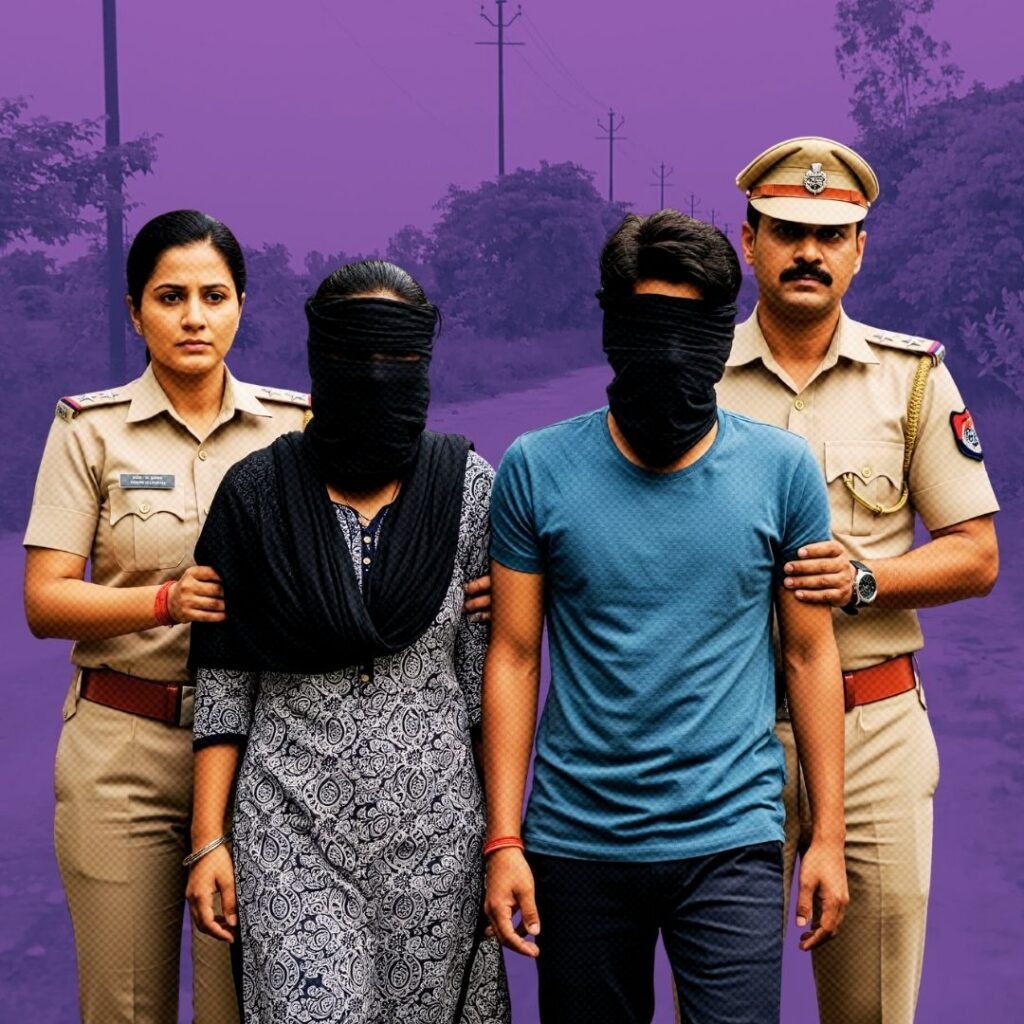A Supreme Court bench on December 5 approved the Witness Protection Scheme, 2018. “The Union of India, as well as States and Union Territories (UTs), shall enforce the Witness Protection Scheme, 2018 in letter and spirit,” the bench consisting of Justice AK Sikri and Justice S Abdul Nazeer said.
The bench said that under Article 141/142 of the constitution, this scheme would be a law until a suitable parliamentary or state legislation is enacted upon it. The Bench also said that by the end of 2019, states and union territories will set up vulnerable witness deposition, as reported by Livelaw.
The judgement
The need for such a scheme was put forward in a petition by Mahender Chawla. Chawla had testified against Asaram Bapu and his son Narayan Sai in rape cases of a minor and two sisters. Chawla survived a murder attempt for testifying against the “Godman”.
According to Business Standard, the judgement said, “One of the main reasons for witnesses to turn hostile is that they are not accorded appropriate protection by the state. It is a harsh reality, particularly, in those cases where the accused persons/ criminals are tried for heinous offences, or where the accused persons are influential persons or in a dominant position.”
The SC, calling the scheme to be “benevolent and beneficial”, said that it would help to strengthen the justice system.
What is Witness Protection Scheme?
The Witness Protection Scheme 2018 was framed by the Centre after it received inputs from 18 states/UTs, five States’ Legal Services Authorities and open sources like civil society, High Courts and police personnel.
Under this scheme, there needs to an identification of the categories of threat perceptions. It also includes the preparation of a “Threat Analysis Report” by the head of the police.
This scheme is formulated by the Home Ministry and it categorizes the witness into three categories – threat extending to the life of witness of their families; threat extending to safety, reputation or property; a moderate threat which extends to harassment or intimidation.
The scheme allows the witness to file an application before an authority of the district where the crime is committed. This authority must be chaired by District and Session Judge. The head of the district police must be its member and the head of the prosecution in the district should be the member secretary. After an application is received, the authority is required to demand a Threat Analysis Report by ACP/DSP. The authority can order identity protection or its change and relocation of witnesses.
Also Read: Delhi Witness Protection Scheme, 2015 – A Step In The Right Direction












